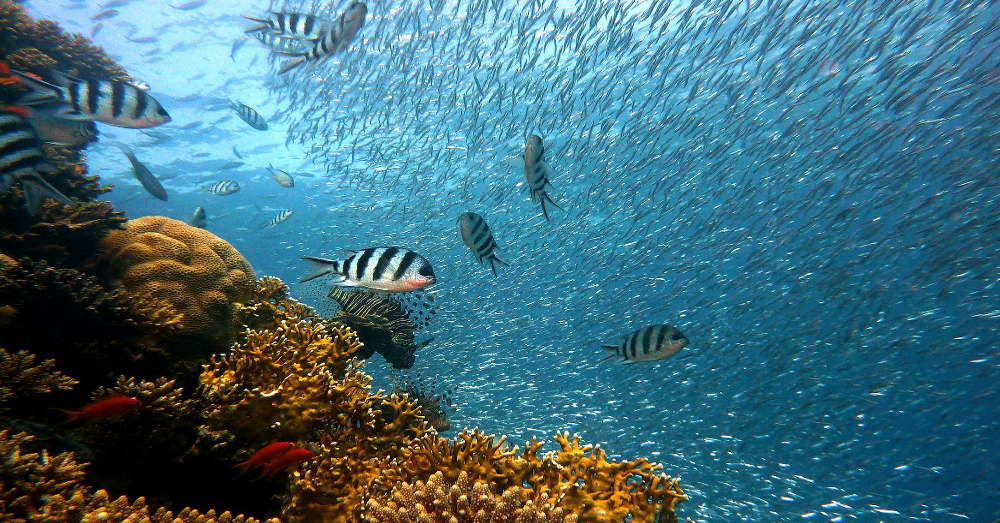
Over 70 Percent of Deep-Sea Fish Have Ingested Plastic, Study Finds
Plastic pollution is affecting marine life in some of the most remote parts of the Atlantic Ocean with almost three quarters of a sample of more than 230 deep-water fish collected by NUI Galway scientists having ingested plastic particles.
The contamination level among the fish species, located in the northwest Atlantic thousands of kilometres from land and 600m down in the ocean, is one of the highest reported frequencies of microplastic occurrence in fish worldwide, according to the study published today in the journal Frontiers in Marine Science.
February 18, 2018 | Source: The Irish Times | by Kevin O'Sullivan
Irish-based researchers confirm plastic pollution is reaching deep into Atlantic Ocean
Plastic pollution is affecting marine life in some of the most remote parts of the Atlantic Ocean with almost three quarters of a sample of more than 230 deep-water fish collected by NUI Galway scientists having ingested plastic particles.
The contamination level among the fish species, located in the northwest Atlantic thousands of kilometres from land and 600m down in the ocean, is one of the highest reported frequencies of microplastic occurrence in fish worldwide, according to the study published today in the journal Frontiers in Marine Science.
Microplastics are small plastic fragments that commonly originate from the breakdown of larger plastic items entering the ocean. Other sources may be waste water effluents carrying plastic fibres from clothing and microbeads from personal care products. Due to their low density, most of these microplastics float at the sea surface.
Midwater trawls
As part of the study the NUIG scientists participated in a transatlantic crossing onboard the marine institute’s Celtic Explorer vessel. During this research cruise they took dead deep-sea fish from midwater trawls such as the spotted lanternfish, rakery beaconlamp, stout saw-palate and scaly dragonfish.
The fish ranged in size from the smallest species the Glacier Lantern at 3.5cm to the largest species, the stout saw-palate at 59cm. Upon return to Galway the fish were inspected at the NUIG’s Ryan Institute for microplastics in their stomach contents.
PhD candidate and lead author Alina Wieczorek said: “Deep-water fish migrate to the surface at night to feed on plankton [microscopic animals] and this is likely when they are exposed to the microplastics.”
